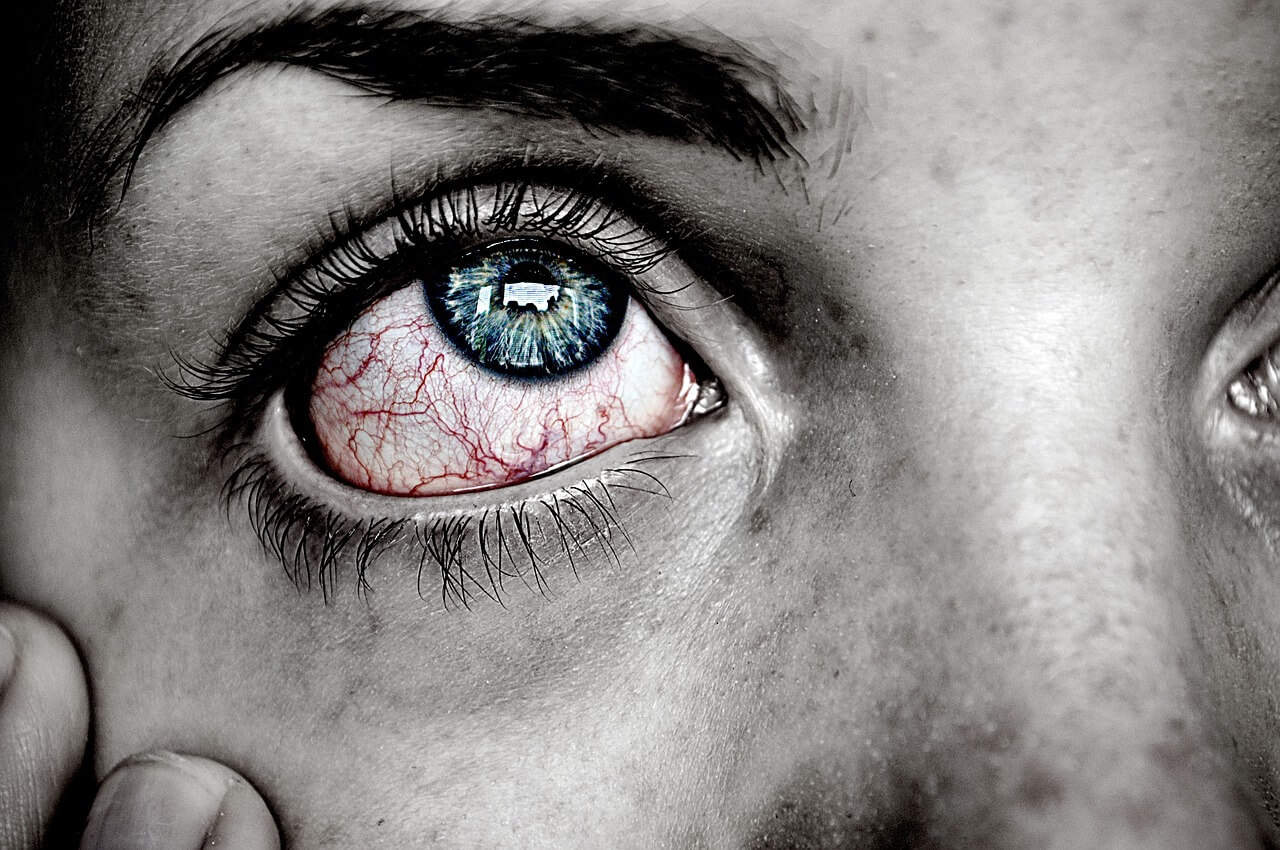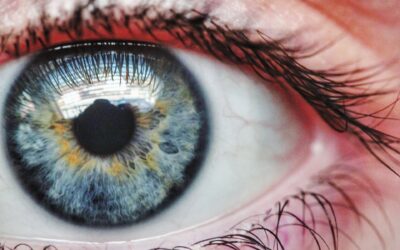If you have ever visited an eye doctor for light sensitive and sore eyes, you may have been diagnosed with uveitis, prescribed various medications for treatment, and possibly undergone laboratory testing to find an underlying systemic cause, if present. You may have visited the optometrist several times during the course of your treatment. Uveitis is common and can be caused by various factors. This article explains classifications, causes, and treatment of uveitis.
The Types of Uveitis
Uveitis means inflammation of the uvea, the vascular layer of the eye that houses the iris (colored portion), ciliary body (focusing muscle and fluid producer), and choroid (full of blood vessels). This inflammation results from an immune reaction carried out by the body inside these tissues, where immune cells and other mediators cause swelling and pain.
Swelling is what causes the extreme light sensitivity commonly reported in certain types of uveitis. The iris houses the pupil, the dark hole in its center, which the iris is causing to constantly increase or decrease in size in response to light and other stimuli.
If the iris becomes inflamed and swollen, these movements will cause great pain, just like moving a broken arm would. If uveitis is located further back in the eye and is not affecting the iris, there may be minimal pain but reduced vision because of inflammatory cells affecting structures needed for seeing and causing cloudiness of the fluids inside the eye.
Uveitis is classified through several means and there are many forms. It can be taking place in just one part of the uvea, at the front, middle, or back, or all of them at once. It can happen just once or recur several times. It might last days to weeks or become chronic for months.
What Causes Uveitis to Ocurr?
Uveitis might have an autoimmune cause, where the body attacks its own cells because it recognizes them as foreign and hostile tissue. It might also be caused by infections, trauma, or, rarely, cancer.
Usually, however, a uveitic episode has no identifiable cause, and if it is not severe or does not recur, no further testing will be done to look into it. Uveitis with an unknown cause that is localized to the iris is the most common type of all.
How Do We Treat Uveitis?
Uveitis is treated by reducing the inflammatory response within the eye, as this inflammation can lead to other problems if left alone. This reduction in inflammation is usually brought about with antiinflammatory corticosteroid eye drops, dosed every hour or two to rapidly calm down the immune response.
If severe or located at the back of the uvea, oral or injected steroids might be needed. After the uveitis is nearly gone, the frequency of taking these drops will be decreased very slowly so that the uveitis does not suddenly flare up again. For this reason, it is vital to follow our eye doctor’s instructions exactly.
In addition to the steroid drops, our optometrist will likely prescribe drops to make your pupils bigger, which will stop the iris moving in response to light and reduce the amount of immune cells entering the eye. This will decrease pain, speed healing, and prevent the inflammation from damaging other parts of the eyes.
If there is a clear underlying cause of the uveitis, such as an infection in the eye, that underlying cause will be treated by our eye doctor or referred as necessary to the appropriate medical provider.





